
When it comes to linguistic resilience, Irish—or Gaeilge—undoubtedly deserves a special mention. For centuries, this language has been far more than just a means of communication for the Irish people. It has stood as a powerful symbol of identity, patriotism, and deep-rooted love for a truly remarkable land. The Irish diaspora, spread across the globe, has made an impact in nearly every aspect of our lives. Ireland may be small in size, but it is vast in culture and national pride.
Today, over two million people speak Irish as their native or everyday language. Beyond that, the millions of Irish descendants living across five continents have taken their language wherever they’ve gone. That’s why it’s so valuable to explore the roots, unique features, and modern influence of the Irish language.
This will be a fascinating journey into one of the world’s most iconic languages—a symbol of resilience, cultural preservation, and pride in one’s homeland. Get ready for a trip into the land of leprechauns, endless green hills, and four-leaf clovers.
But first, as always, let’s take a step back in time. It’s time to explore the linguistic origins of Irish.
Irish: The history and origins of the language
Are you thinking about learning Irish and want to explore its roots and history before you begin? Understanding where a language comes from doesn’t just help you learn it more deeply—it also connects you to its rich culture, ancestral roots, and current relevance.
As we’ll see, Irish is far more than just a language. It is a living expression of Celtic identity—a legacy that has withstood invasions, bans, and centuries of political change. In this guide, we’ll explore the linguistic origins of Irish, its historical evolution, and its status today. The goal is to give you a solid, informed foundation as you begin your learning journey.
What is Irish and where is it spoken?
Irish is a Celtic language from the Goidelic branch, traditionally spoken in Ireland. While many people refer to it simply as “Gaelic,” it’s important to distinguish between Irish (Gaeilge) and Scottish Gaelic (Gàidhlig). These are sister languages, but they differ significantly in grammar, pronunciation, and usage.
Today, Irish is one of the official languages of Ireland, alongside English. It also holds official status within the European Union. Irish is primarily spoken in areas known as the Gaeltacht, but it’s taught throughout Ireland’s education system and has a growing community of urban speakers.
The linguistic origins of Irish: An ancient Celtic language
To understand Irish history, we need to go back thousands of years. Irish is part of the Indo-European language family, within the Celtic branch. Historically, Celtic languages split into two main groups:
- Continental Celtic languages – now extinct
- Insular Celtic languages – still spoken today, including Irish
Among the insular Celtic languages, we find two subgroups:
- Brittonic languages: such as Welsh (Cymraeg) and Cornish (Kernewek)
- Goidelic languages: including Irish (Gaeilge), Scottish Gaelic, and Manx (Gaelg)
Celtic peoples are believed to have arrived in Ireland between the 8th and 6th centuries BCE. Over time, their language developed independently, eventually becoming what we now recognize as Old Irish.
Historical stages of the Irish language
The development of Irish can be divided into several linguistic periods, each with its own distinct features. Here’s a brief overview of each stage:
Primitive Irish (4th–8th centuries CE)
This is the earliest form of the language, written using the Ogham alphabet—a runic system carved mostly on gravestones. This period marks the shift from oral tradition to written language, influenced by contact with Latin and early Christianity.
Old Irish (8th–12th centuries)
During this time, Irish reached a high level of grammatical and literary sophistication. It became the language of scholarship, religion, and poetry. Irish monks copied manuscripts, translated classical texts, and created literary masterpieces like the Lebor na hUidre and the Book of Kells.
Middle Irish (12th–15th centuries)
With the Norman invasion of Ireland in the 12th century, Irish began to change. Grammar was simplified, and new loanwords were introduced. Unfortunately, Irish also began to lose ground to other languages. While still widely spoken, its dominance started to fade.
Early modern Irish (16th–18th centuries)
English colonization and language imposition led to a steady decline in Irish usage. Nevertheless, this period produced significant literary works, including Geoffrey Keating’s Foras Feasa ar Éirinn and beautiful poetic texts that remain important today.
Modern Irish (18th century–present)
Irish faced severe decline as a spoken language in the 18th and 19th centuries, largely due to linguistic repression and the Great Famine. The famine triggered mass emigration to England, Europe, and the United States. Yet Irish survived in rural communities and thanks to nationalist movements that fought for its revival in the 20th century.
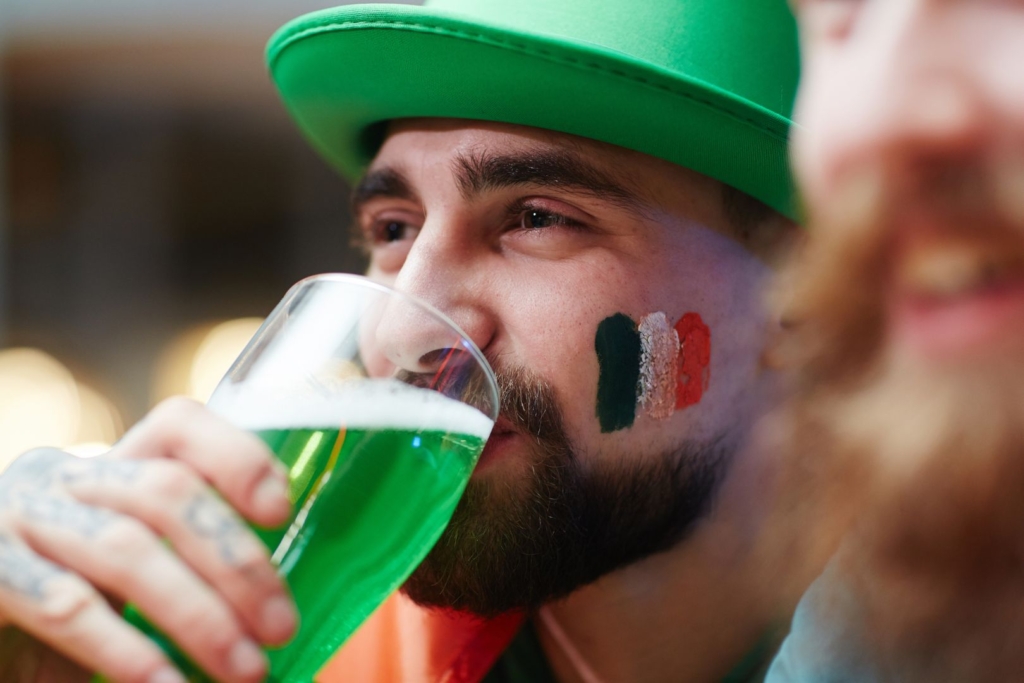
The revival of Irish: Official language and national symbol
In 1922, following Irish independence, Irish was declared the national language. Educational policies were introduced to promote its teaching—though results have been mixed. Today, Irish is:
- A mandatory subject in primary and secondary schools
- Offered at many universities
- An official language in government institutions and media (e.g., TG4 and RTÉ Raidió na Gaeltachta)
Irish has also gained cultural and political prestige as a symbol of national identity, especially among younger generations who are eager to reconnect with their roots.
Linguistic features and unique characteristics of the Irish language
Understanding the unique linguistic features of Irish is essential when beginning to study it. Being aware of them helps you prepare better, anticipate challenges, and enjoy what makes this language truly special. As a language deeply tied to national identity, Irish (Gaeilge) stands out for many reasons. Let’s explore some of the most remarkable ones.
A Celtic language with a unique structure
Irish belongs to the Goidelic branch of Celtic languages, within the Indo-European family. This already sets it apart from languages like Spanish, English, or French, which descend from Latin or Germanic roots. While many European languages share structural similarities, Irish introduces a completely different way of forming sentences. It also differs in how verbs are conjugated and how thoughts are organized.
One of the first things you’ll notice is the unusual word order: verb – subject – object (VSO). For example:
- Ithim arán: “I eat bread” (Ithim = I eat / arán = bread)
This structure challenges how you’re used to understanding sentences. While it may seem daunting at first, it’s also a mental and linguistic enrichment. A challenge you can easily overcome using tools like Talkao Translate, which allows for accurate audio translation and predictive AI assistance.
The consonant mutation system
One of the most distinctive features of Irish is initial consonant mutation. This linguistic phenomenon causes the first consonant of a word to change depending on grammatical context. There are two main types:
- Lenition (séimhiú): adds an “h” after the initial consonant, softening the sound.
- Eclipsis (urú): adds a new letter before the initial consonant, altering the pronunciation.
Examples:
- bean (woman): an bhean (the woman)
- bád (boat): mo bhád (my boat)
Though these changes may seem confusing, AI-powered translation tools like Talkao make recognizing and learning them easier. These mutations serve clear grammatical functions like indicating gender, case, or possession. With practice, you’ll identify and use them naturally.
A tailored alphabet for distinct sounds
Modern Irish uses the Latin alphabet but only includes 18 letters: A, B, C, D, E, F, G, H, I, L, M, N, O, P, R, S, T, and U. Letters like J, K, Q, V, W, X, Y, and Z are excluded, except in loanwords. Irish also has a distinct phonetic system—vowel and consonant combinations often sound quite different from how they’re spelled in English or Spanish.
Examples:
- mh or bh often sound like “v” or “w”
- Combinations like ae, ao, or io have unique sounds not found in other languages
While it may appear complicated at first, the system follows consistent rules. Learning correct pronunciation early is key to building a solid foundation. Talkao’s real-time voice translation features can help you practice pronunciation effectively from day one.
The use of the definite article
Unlike Spanish, which has gendered articles (“el”, “la”), Irish uses a single definite article: an. However, its application is not so simple—it can trigger mutations and change depending on the grammatical case.
Examples:
- an fear – the man
- an bhean – the woman (note the mutation due to gender)
You’ll also encounter forms like «na» for the plural, which behave differently with prepositions and possessive forms. With Talkao’s text translation functions, learning these patterns becomes a smooth and progressive process.
Impersonal verbs and subjectless sentences
Irish often uses impersonal constructions, meaning many sentences have no clear subject—or the subject is expressed in a general way. For example:
- Táthar ag foghlaim Gaeilge – “Irish is being learned.”
This reflects a more abstract perspective on action and allows ideas to be expressed without attributing them to a specific person. In practice, this will challenge you to rethink how to structure sentences and understand each word’s role.
The verbal system: A different approach to tense
While Irish verbs have present, past, and future tenses, they are often built using particles rather than direct conjugation. Verbs also appear in independent and dependent forms, depending on whether the sentence is affirmative, negative, or interrogative.
For example, with the verb bí (to be):
- Tá mé tuirseach – I am tired
- An bhfuil tú tuirseach? – Are you tired?
- Níl mé tuirseach – I am not tired
These structures are very consistent once internalized. With the help of Talkao’s AI text recognition, you’ll find this becomes easier over time.
Vocabulary and Celtic roots
Irish vocabulary is deeply Celtic in origin and largely independent of English or Spanish. Words like uisce (water) or grá (love) carry ancestral meaning. Consider uisce beatha, which literally means “water of life”—known to us as whiskey.
Modern Irish also adopts some English terms but adapts them phonetically, creating a unique blend of tradition and modernity. The best way to expand your vocabulary is by using the Talkao Dictionary and translation apps. You’ll be able to build a solid base of words, phonemes, and phrases.
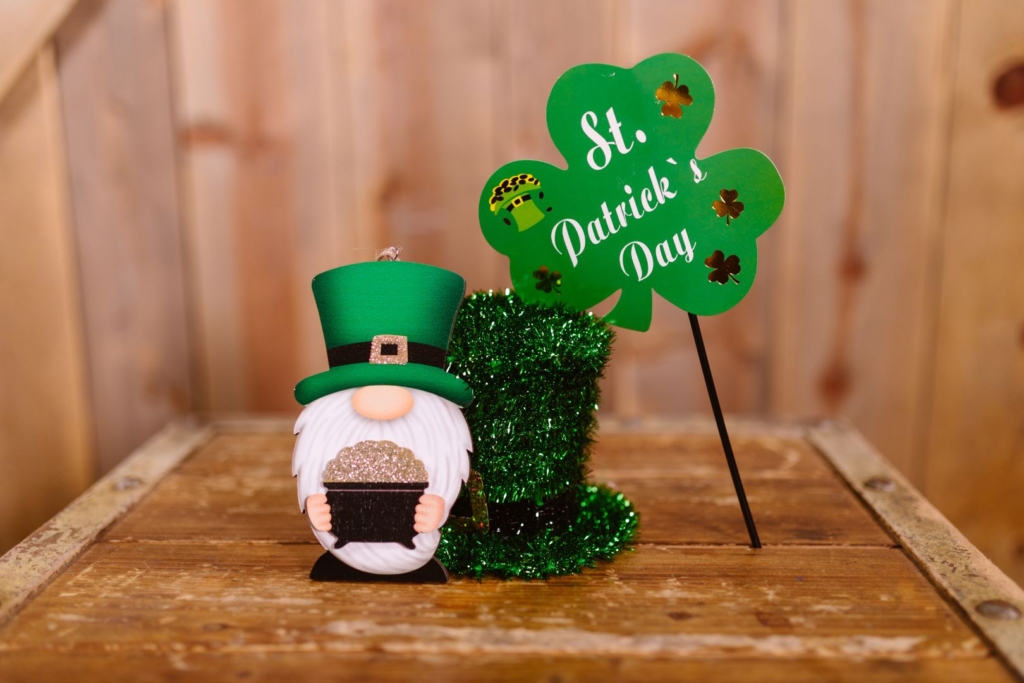
Irish and its connection to nature
One of the most poetic aspects of Irish is its strong connection to the land and environment. Place names, weather descriptions, and expressions tied to the landscape carry special significance.
Examples:
- An Ghaeltacht – Regions where Irish is spoken
- Grianmhar – Sunny (from grian, sun)
- Ceo – Fog
This reflects a worldview rooted in nature, time, and life cycles. With Talkao’s AI-driven text translation, recognizing and understanding these terms becomes increasingly accessible.As with any language, practice makes perfect. With continued exposure, your ear will sharpen, and your pronunciation will improve. In the meantime, start by exploring some of the most commonly used Irish words and phrases—your journey into Gaeilge begins here.
Common phrases in Irish
Greetings and manners
| Basic manners in Irish | ||
|---|---|---|
| English | Irish | Pronunciation |
| Hello | Dia dhuit | JEE-uh ghwitch |
| Bye | Slán | slawn |
| Please | Le do thoil | leh duh hull |
| Thank you | Go raibh maith agat | guh rev mah agut |
| Yes | Tá | taw |
| No | Níl | neel |
| Greetings in Irish | ||
|---|---|---|
| English | Irish | Pronunciation |
| How are you? | Conas atá tú? | KUN-us uh-TAW too? |
| I’m ok, thank you | Tá mé go maith, go raibh maith agat | TAW may guh MAH, guh rev MAH agut |
| What is your name? | Cad is ainm duit? | KOD iss AN-im ditch? |
| My name is [your name] | [name] is ainm dom | [name] iss AN-im dum |
Numbers and dates
| Basic Irish | ||
|---|---|---|
| Numbers and dates | ||
| English | Irish | Pronunciation |
| 1 | a haon | uh HAYN |
| 2 | a dó | uh DOE |
| 3 | a trí | uh TREE |
| 4 | a ceathair | uh CA-hir |
| 5 | a cúig | uh KOOG |
| Today | Inniu | in-YOO |
| Tomorrow | Amárach | uh-MAW-rah |
| Yesterday | Inné | in-YAY |
| Days and months | ||
| Monday | Luan | LOO-an |
| Tuesday | Máirt | MAWR-ch |
| Wednesday | Céadaoin | KAY-deen |
| January | Eanáir | AN-ar |
| February | Feabhra | FYOW-rah |
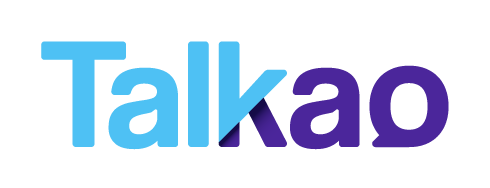

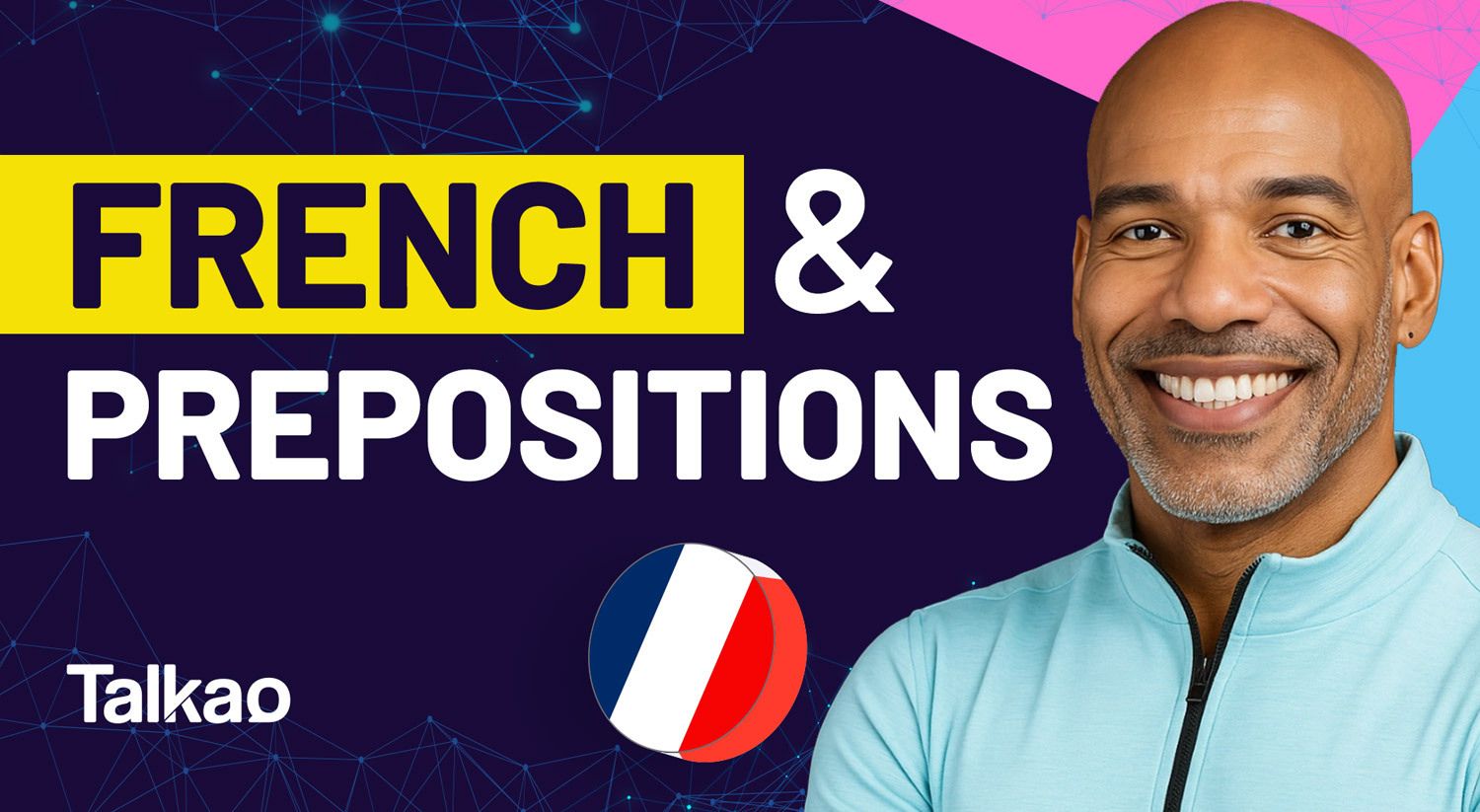
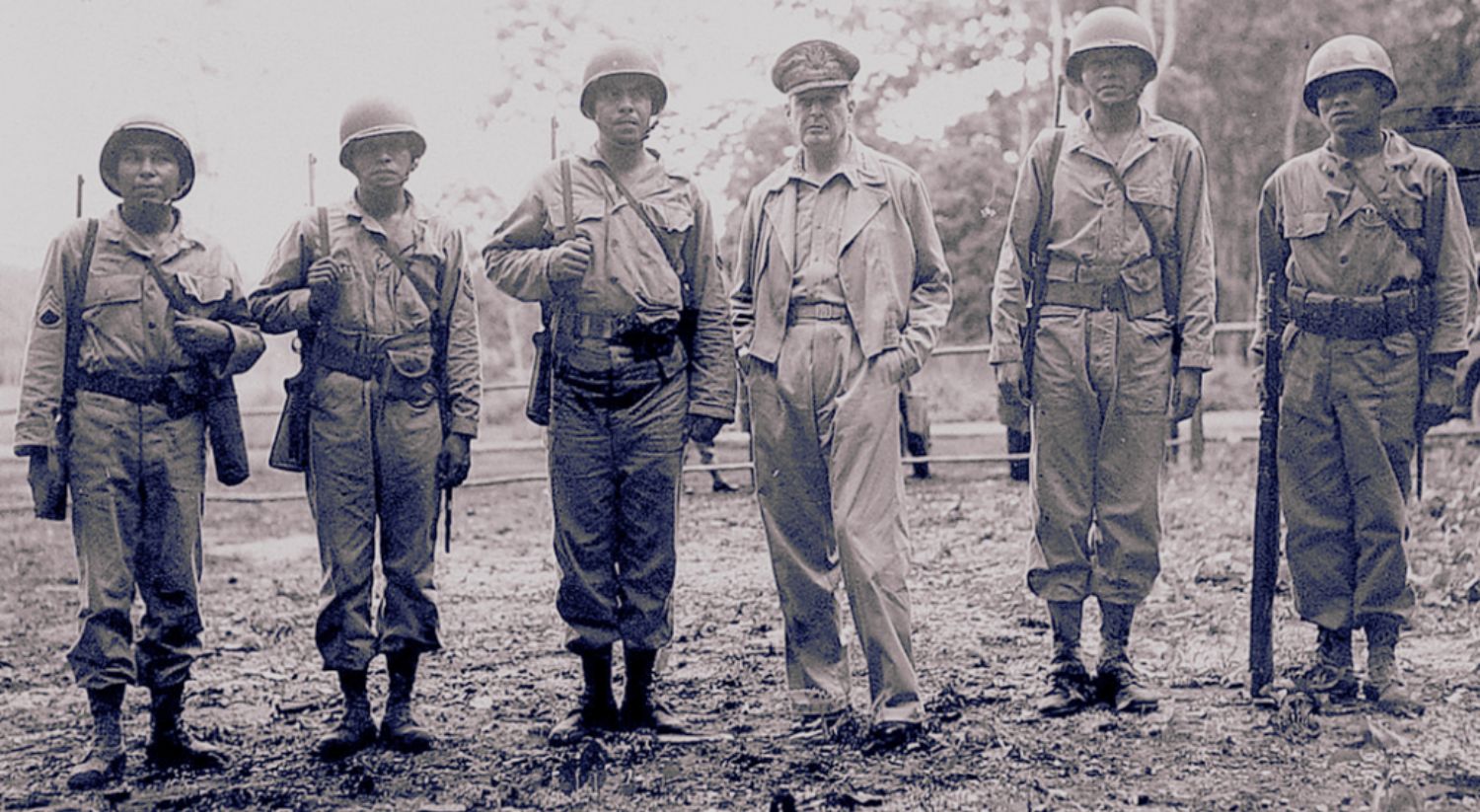
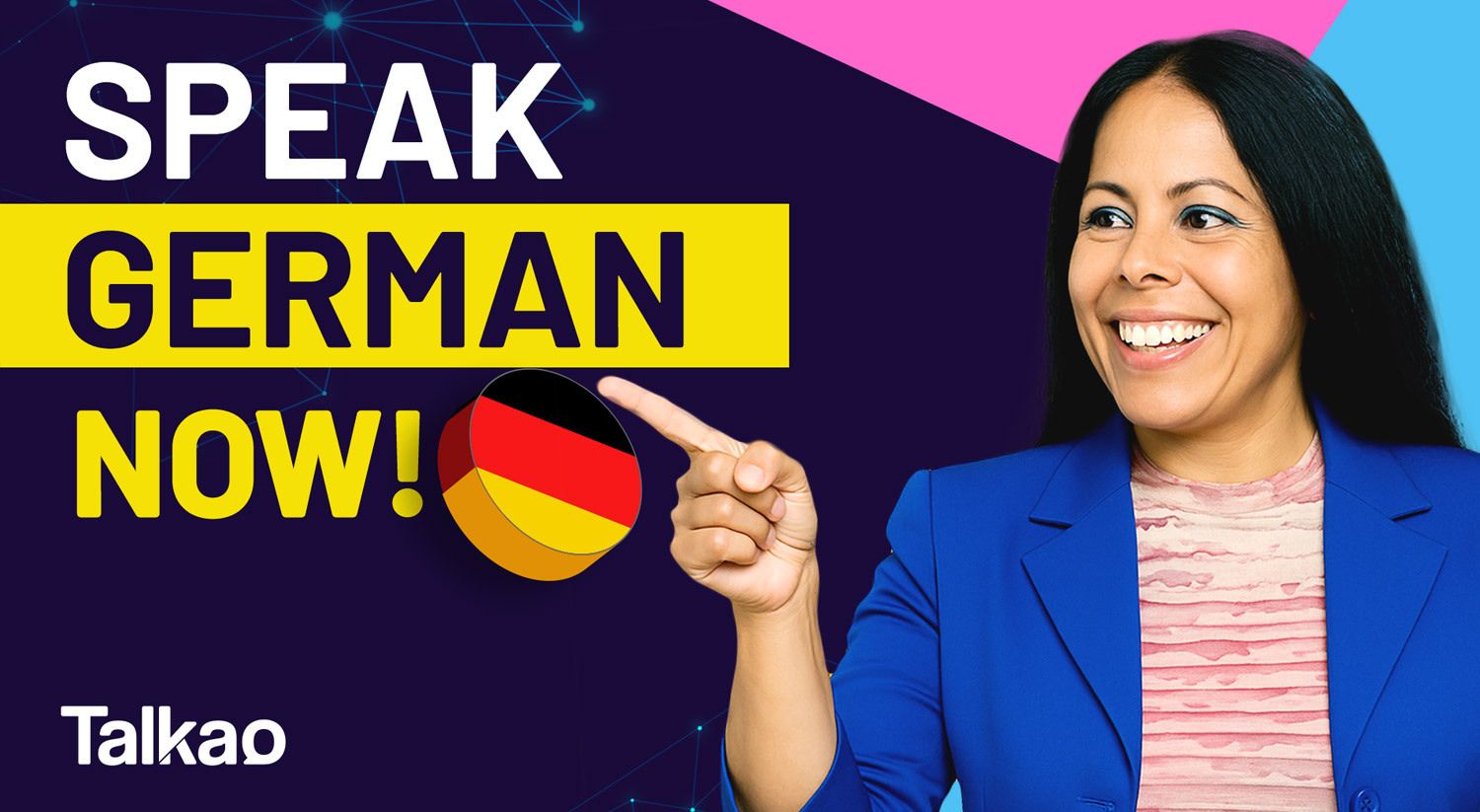
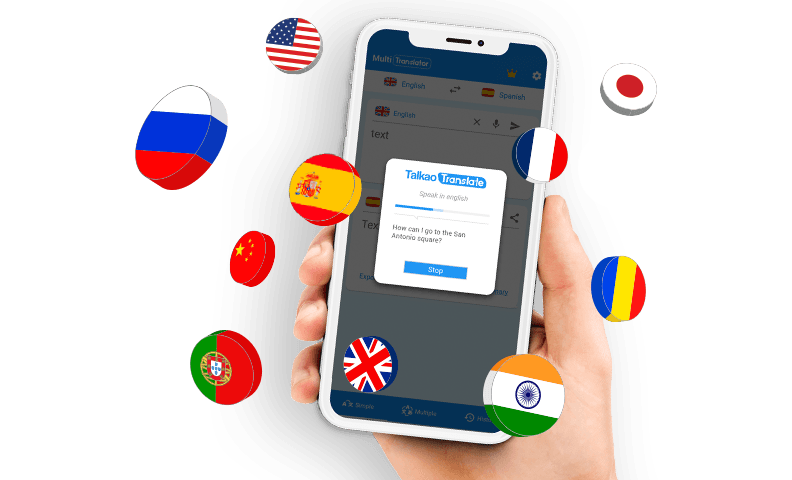

Newsletter